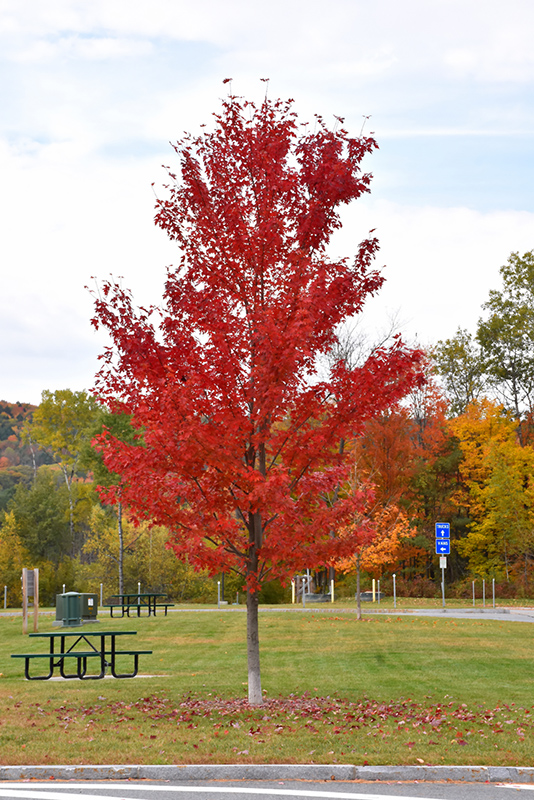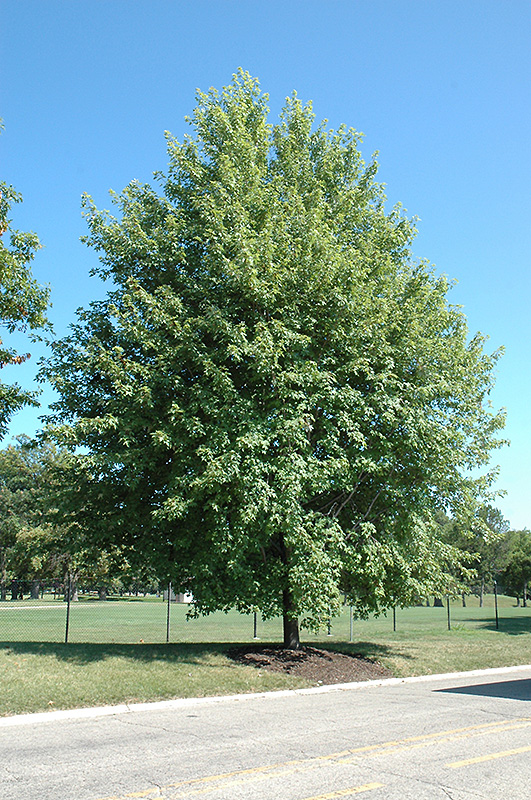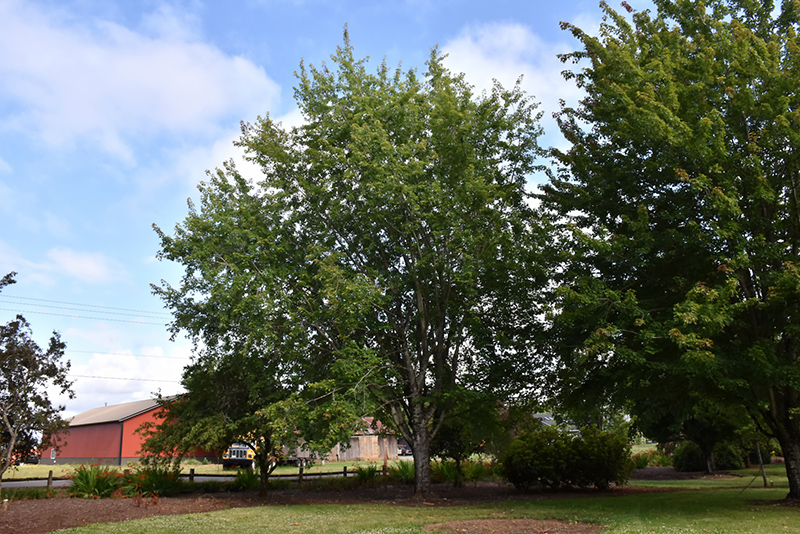>> Home
Autumn Fantasy Maple
Acer x freemanii 'Autumn Fantasy'
Height: 50 feet
Spread: 40 feet
Sunlight:
![]()
Hardiness Zone: 4
Description:
An impressive large shade tree valued for its brilliant crimson red color in fall, showy red flowers along the bare branches in early spring, a hybrid that combines the soil tolerance of silver maple with the colors of the red maple
Ornamental Features
Autumn Fantasy Maple features showy clusters of red flowers along the branches in early spring before the leaves. It has green deciduous foliage. The lobed leaves turn outstanding shades of orange, scarlet and crimson in the fall. The furrowed gray bark and brick red branches add an interesting dimension to the landscape.
Landscape Attributes
Autumn Fantasy Maple is a deciduous tree with a shapely oval form. Its average texture blends into the landscape, but can be balanced by one or two finer or coarser trees or shrubs for an effective composition.
This is a relatively low maintenance tree, and should only be pruned in summer after the leaves have fully developed, as it may 'bleed' sap if pruned in late winter or early spring. It has no significant negative characteristics.
Autumn Fantasy Maple is recommended for the following landscape applications;
- Accent
- Shade
Planting & Growing
Autumn Fantasy Maple will grow to be about 50 feet tall at maturity, with a spread of 40 feet. It has a high canopy of foliage that sits well above the ground, and should not be planted underneath power lines. As it matures, the lower branches of this tree can be strategically removed to create a high enough canopy to support unobstructed human traffic underneath. It grows at a fast rate, and under ideal conditions can be expected to live for 80 years or more.
This tree should only be grown in full sunlight. It is quite adaptable, prefering to grow in average to wet conditions, and will even tolerate some standing water. It may require supplemental watering during periods of drought or extended heat. It is not particular as to soil type or pH. It is highly tolerant of urban pollution and will even thrive in inner city environments. This particular variety is an interspecific hybrid.


